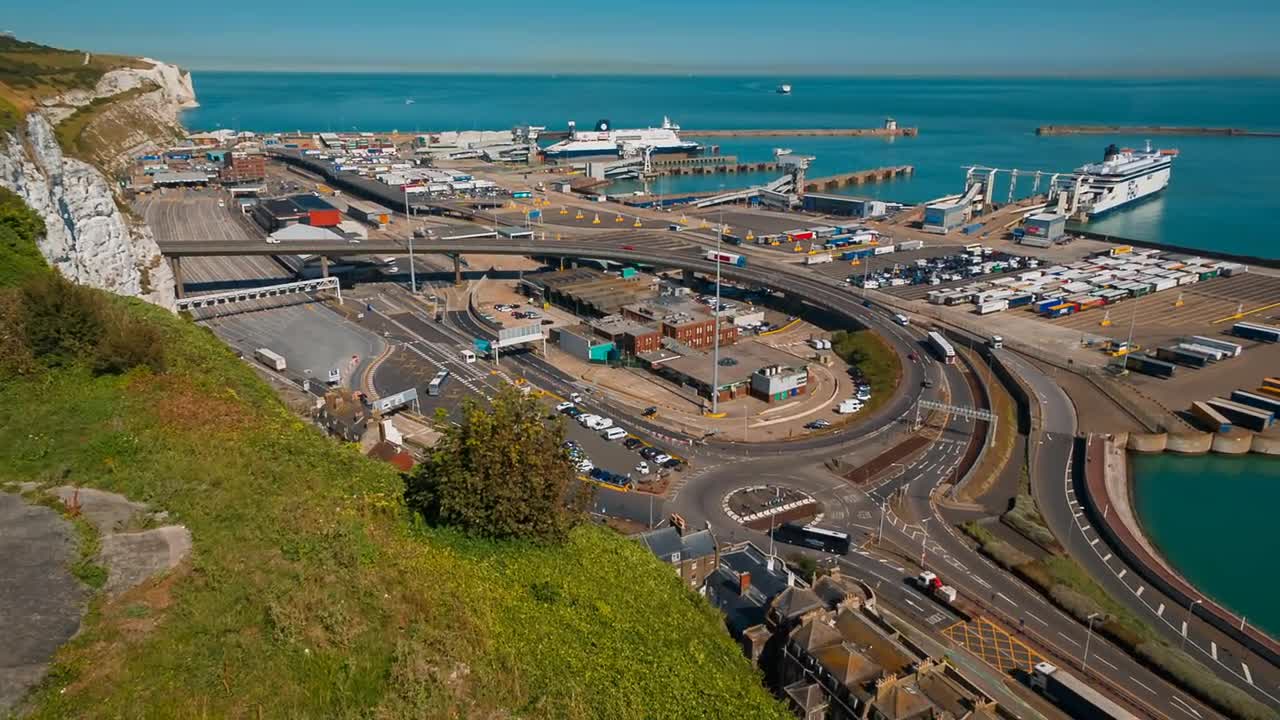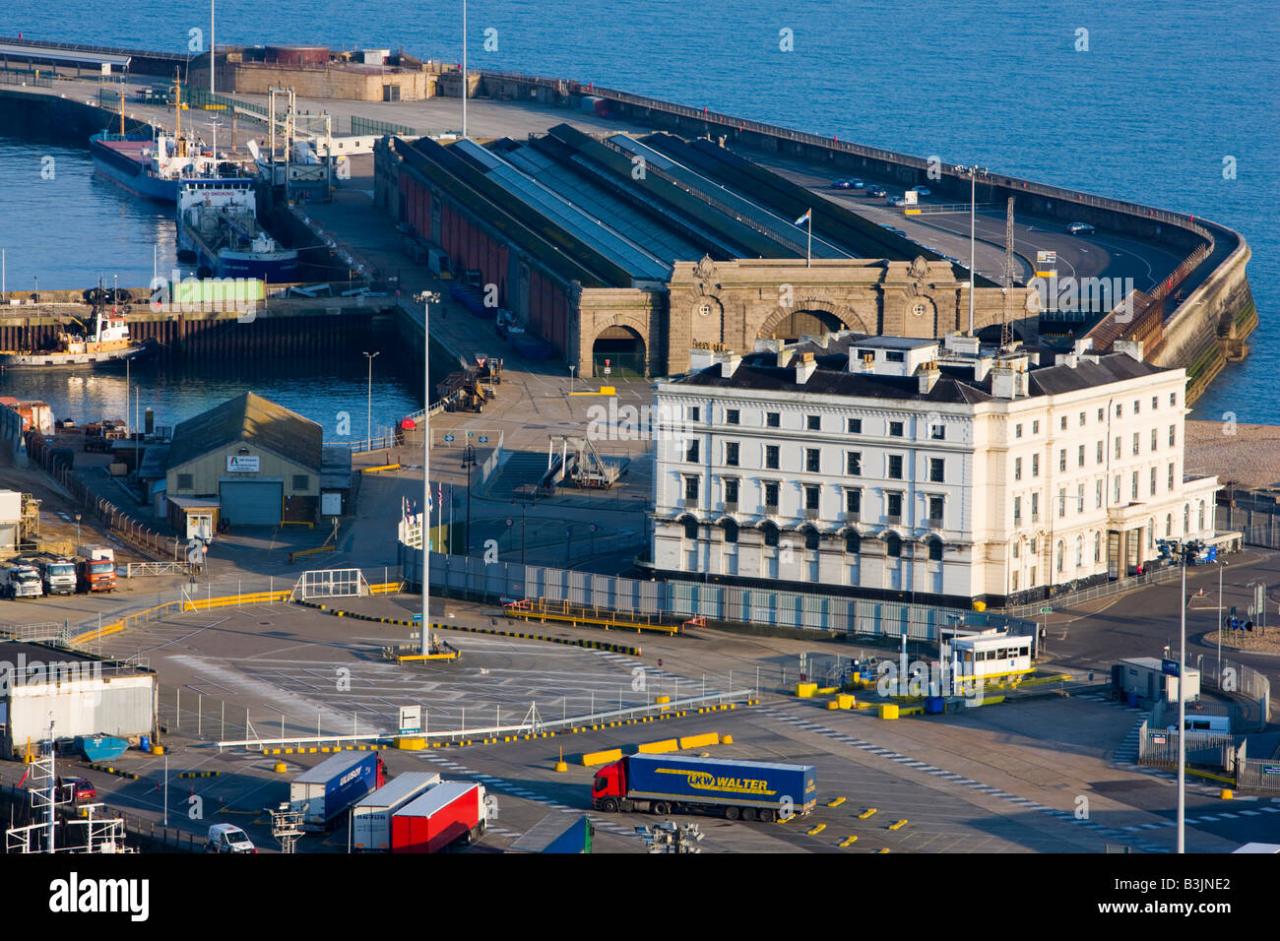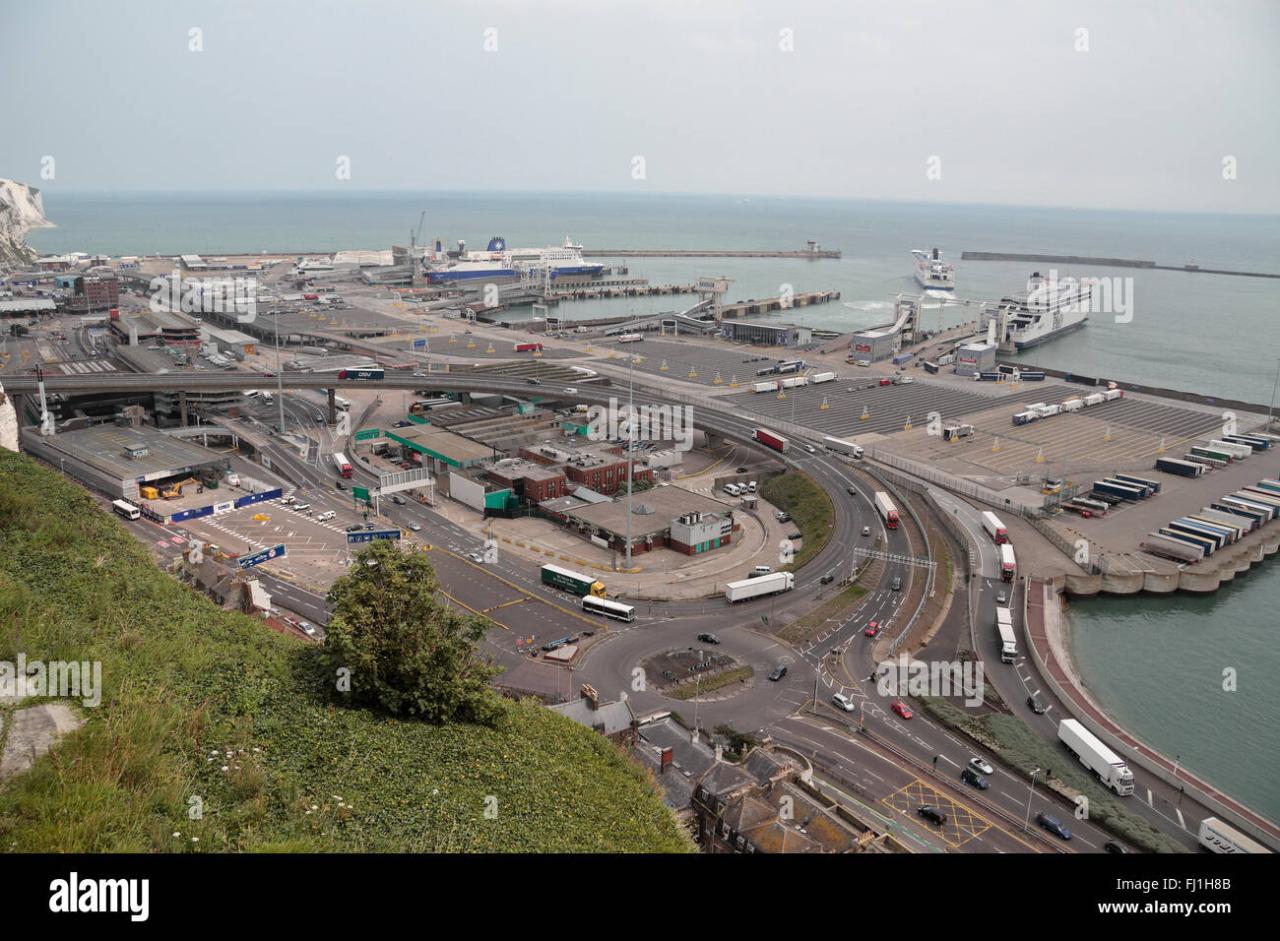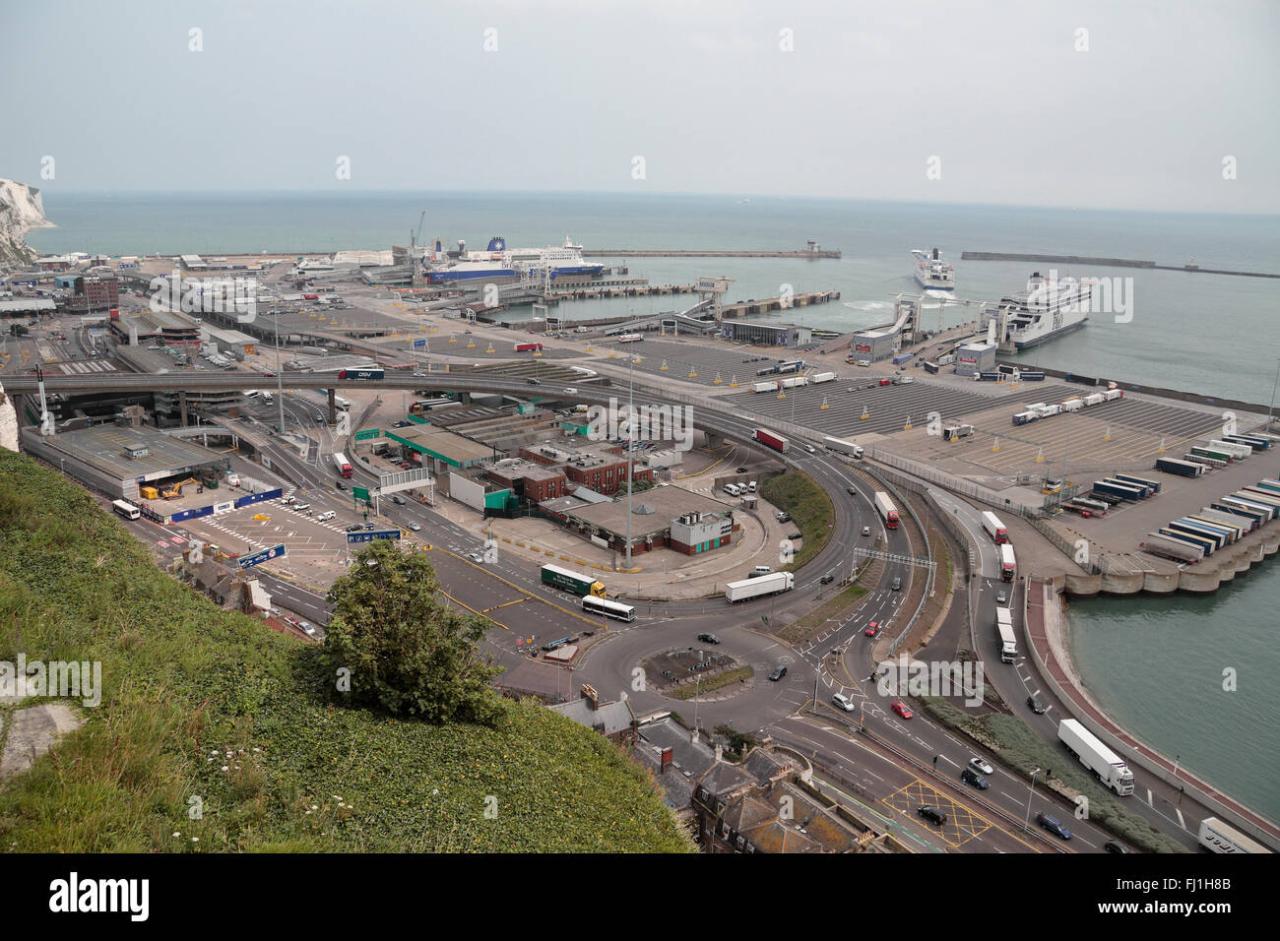Port Dover camera systems offer a fascinating case study in the interplay between public safety, tourism, and privacy. This exploration delves into the various types of cameras deployed throughout Port Dover, their locations, and the legal and ethical considerations surrounding their use. We will examine the practical applications of the imagery captured, including its potential benefits for tourism and local businesses, as well as the technological infrastructure supporting these systems.
Ultimately, we aim to present a balanced perspective on the impact of these cameras on the community.
The analysis considers the diverse camera types, ranging from basic security cameras to more sophisticated systems capable of traffic monitoring and weather observation. We will assess the visual range and coverage of each type, considering the implications for privacy and public safety. The legal framework governing public surveillance in Ontario will be reviewed, alongside an exploration of the ethical dilemmas inherent in using cameras in public spaces.
Port Dover Camera Locations and Types
Understanding the deployment of cameras in Port Dover requires examining their locations, types, and capabilities. This analysis considers publicly accessible cameras, focusing on their potential visual range and the areas they cover. Different camera types serve various purposes, impacting their placement and functionality.
Common Camera Locations in Port Dover
Publicly accessible cameras in Port Dover are likely situated in high-traffic areas, prioritizing safety and security. Examples include main intersections, prominent tourist locations like the harbourfront, and potentially near municipal buildings. Specific locations are subject to privacy regulations and may not be publicly disclosed.
High-resolution imagery from Port Dover cameras provides valuable data for various applications. Understanding the logistical challenges of delivering such large datasets is crucial, and this is where efficient delivery methods like those explored in the context of remington drone loads become relevant. Ultimately, optimizing data transfer from Port Dover cameras could involve similar technological advancements to ensure swift and reliable access to this important visual information.
Types of Cameras and Their Capabilities
Several camera types might be employed in Port Dover. Security cameras, typically offering high-resolution imagery and potentially night vision, are common for monitoring public spaces. Traffic cameras, often equipped with advanced features like license plate recognition, focus on managing traffic flow. Weather cameras provide real-time weather data, useful for local forecasting and tourism planning.
Camera Visual Range and Coverage
The visual range and coverage area depend significantly on the camera type and its placement. High-mounted security cameras may cover a wide area, while traffic cameras have a more focused view of the road. Weather cameras typically have a panoramic view, capturing a broader perspective of the surrounding environment. The specific range and coverage would need to be determined by examining the specifications of the cameras in place.
Port Dover Camera Locations, Types, and Purpose
| Location | Camera Type | Purpose | Estimated View |
|---|---|---|---|
| Main Street Intersection | Traffic Camera | Traffic monitoring, accident detection | Intersection and surrounding streets |
| Port Dover Harbourfront | Security Camera (High-Resolution) | Public safety, crime prevention | Wide view of the harbour and surrounding area |
| Municipal Building Entrance | Security Camera (PTZ) | Building security | Surrounding area of the building |
| High Street near the Beach | Weather Camera | Weather monitoring, tourist information | Panoramic view of the beach and surrounding area |
Legal and Ethical Considerations of Port Dover Camera Usage
The use of cameras in public spaces raises important legal and ethical questions. Balancing security needs with individual privacy rights is paramount. Different camera types present varying degrees of privacy concerns, necessitating responsible implementation and usage.
Legal Framework Governing Public Surveillance

The legal framework governing public camera surveillance in Port Dover likely aligns with provincial and federal laws related to privacy and data protection. Specific regulations concerning the placement, operation, and data retention of security cameras should be reviewed. These regulations aim to ensure transparency and accountability in the use of surveillance technologies.
Ethical Implications of Public Camera Use
Ethical considerations are crucial in determining responsible camera usage. The potential for misuse and the impact on individual privacy necessitate careful planning and implementation. Transparency regarding camera locations and purposes is essential to build public trust and avoid potential violations of privacy.
Privacy Concerns Associated with Different Camera Types
High-resolution security cameras pose greater privacy concerns than traffic cameras with more limited fields of view. Cameras with facial recognition capabilities raise significant ethical and legal issues, requiring strict regulations and oversight. The potential for data breaches and unauthorized access necessitates robust security measures.
Examples of Responsible and Irresponsible Camera Usage
Responsible camera usage involves clear signage indicating camera presence, transparent data handling policies, and appropriate data retention periods. Irresponsible usage includes undisclosed surveillance, excessive data retention, and unauthorized access to camera feeds. Compliance with data protection regulations is crucial.
Port Dover Camera Images and Their Applications
Images captured by Port Dover cameras offer various applications, from enhancing tourism to improving traffic management and public safety. Responsible data management and usage are essential to maximize benefits while minimizing risks.
Applications of Camera Images
Tourism promotion can leverage images of the harbourfront and other scenic locations. Security applications involve crime prevention and investigation. Traffic management utilizes images to monitor traffic flow and identify congestion areas. These applications require robust data management systems and ethical considerations.
Improving Services and Infrastructure
Analyzing traffic camera data can identify peak hours and inform infrastructure improvements. Weather camera data assists in forecasting and planning emergency responses. Data from security cameras can be used to assess public safety needs and allocate resources accordingly.
Benefits and Drawbacks of Using Camera Images
- Benefits: Enhanced security, improved traffic management, better tourism promotion, data-driven decision-making for infrastructure improvements.
- Drawbacks: Privacy concerns, potential for misuse, high costs of infrastructure and maintenance, need for robust data security measures.
Hypothetical System for Managing Camera Images
A responsible system would involve secure data storage, access control mechanisms, and clear data retention policies. Data should be anonymized whenever possible, and access limited to authorized personnel. Regular audits and compliance checks would ensure adherence to privacy regulations.
Impact of Port Dover Cameras on Tourism and Local Businesses
The presence of security cameras can influence tourist behavior and the perception of Port Dover. A balance must be struck between enhancing safety and ensuring a welcoming atmosphere for visitors and supporting local businesses.
Influence on Tourist Behavior
Visible security cameras may increase a sense of safety for some tourists, encouraging visits. However, others might perceive it as intrusive or unwelcoming, potentially impacting their experience. The overall effect is complex and depends on factors such as camera visibility and public awareness.
Impact on Local Businesses
Enhanced security can positively impact businesses by reducing crime and improving customer confidence. However, overly visible or intrusive cameras could negatively affect the atmosphere, potentially deterring some customers. A well-managed system can minimize negative impacts while maximizing security benefits.
Perception of Port Dover with and Without Cameras
A town with visible security cameras might be perceived as safer but potentially less welcoming to some. A town without visible cameras might be perceived as less safe but potentially more relaxed and inviting. Public perception is influenced by various factors beyond the mere presence of cameras.
Strategies to Balance Security and Tourism, Port dover camera
- Discreet camera placement.
- Clear signage informing visitors about camera presence and purpose.
- Emphasis on data privacy and security.
- Public education campaigns to build trust and transparency.
- Regular review and adjustments to camera deployment based on community feedback.
Technical Aspects of Port Dover Camera Systems
The technical infrastructure underpinning Port Dover’s camera systems significantly influences their effectiveness and impact. Considerations include resolution, storage capacity, network connectivity, and potential integration with other technologies.
Technology Used in Camera Systems
High-resolution cameras with night vision capabilities are likely employed for optimal image quality. Networked systems with cloud storage offer scalable storage solutions. Fiber optic or high-bandwidth wireless connections ensure reliable data transmission. Consideration should be given to the type of compression used to balance image quality with storage requirements.
Infrastructure Requirements
A network of cameras requires robust infrastructure including power supplies, network connectivity, and data storage solutions. Redundancy and backup systems are crucial to ensure continuous operation. Regular maintenance and updates are needed to keep the system running smoothly and securely.
Integration with Other Technologies

Integration with facial recognition or license plate readers is possible but raises ethical and privacy concerns. Such integrations require careful consideration of legal and ethical implications, as well as robust security measures to prevent misuse.
Hypothetical Port Dover Camera System Diagram

A hypothetical system would include cameras strategically positioned throughout Port Dover, connected to a central server for data storage and management. This server would be secured with robust firewalls and access controls. The system would incorporate data encryption and regular backups. A user interface would allow authorized personnel to monitor feeds and access recorded footage. The system would comply with all relevant data protection and privacy regulations.
Regular audits and security assessments would ensure the ongoing integrity and security of the system.
In conclusion, the implementation of camera systems in Port Dover presents a complex issue requiring careful consideration of competing interests. While the potential benefits for security, tourism, and infrastructure management are undeniable, it is crucial to address the associated privacy concerns and ethical implications. A balanced approach, prioritizing responsible data management and transparent policies, is essential to ensure that these systems serve the community effectively while respecting individual rights.
The future of Port Dover’s camera surveillance will depend on a thoughtful dialogue between stakeholders, aiming to strike a harmony between safety and individual freedoms.
Detailed FAQs
What data is collected by Port Dover cameras?
The type of data collected varies depending on the camera type and its purpose. It could include visual recordings, timestamps, and potentially metadata such as location data.
Discussions regarding Port Dover camera systems often involve comparisons with other regional monitoring setups. For instance, the functionality and image quality are sometimes benchmarked against systems in other areas, such as the high-quality images provided by the coquihalla weather camera , known for its clear depiction of challenging weather conditions. Ultimately, the choice of camera system for Port Dover will depend on specific needs and budget constraints.
How long is camera footage stored?
Data retention policies vary. Some footage may be stored for short periods, while other recordings related to investigations might be kept longer.
Who has access to Port Dover camera footage?
Access is typically restricted to authorized personnel, such as law enforcement or municipal officials, subject to strict protocols and legal requirements.
What are the penalties for unauthorized access to camera footage?
Unauthorized access constitutes a serious offense and carries potential legal consequences, including fines and criminal charges.
